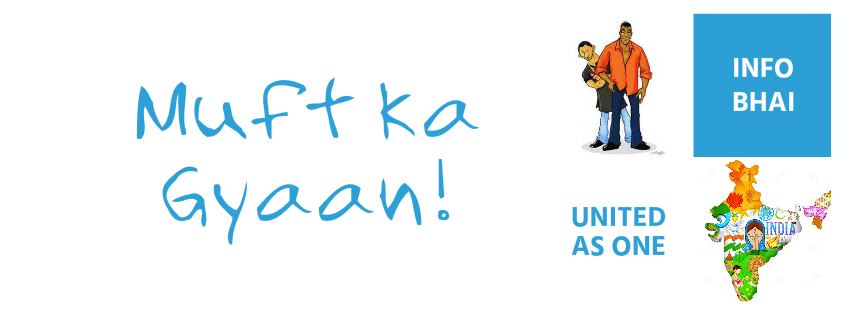Ram Nath Kovind (born on 1 October 1945, Village Paraunkh,Tehsil Derapur District Kanpur Dehat) is a current Governor of Bihar. Kovind is a politician from the Bharatiya Janata Party-BJP.He was elected to Rajya Sabha from state of Uttar Pradesh during the two terms of 1994-2000 and 2000-2006.
He is an advocate by profession and practices in Delhi.
He is a former President of the BJP Dalit Morcha (1998-2002) and President of the All-India Koli Samaj.
He also served as national spokesperson of the party. On 8 August 2015 the President of India appointed him the Governor of Bihar.
On June 19, 2017, BJP president Amit Shah declared him as the NDA consensus candidate for the post of Indian President.
Source : Wikipedia
He is an advocate by profession and practices in Delhi.
He is a former President of the BJP Dalit Morcha (1998-2002) and President of the All-India Koli Samaj.
He also served as national spokesperson of the party. On 8 August 2015 the President of India appointed him the Governor of Bihar.
On June 19, 2017, BJP president Amit Shah declared him as the NDA consensus candidate for the post of Indian President.
Source : Wikipedia







